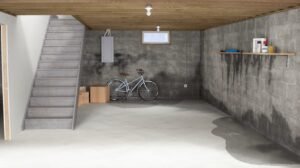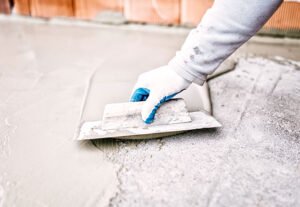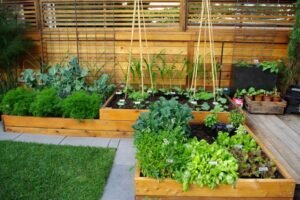Table of Contents
ToggleWall Putty:
The term putty is very common for common terms Environmentally Safe Natural Paint when it comes to home painting. Wall putty is a white powdered material common terms which are used to give a smooth base to walls. It is mainly used for filling cracks and leveling surfaces and offers a smooth finish on the walls. Putty is applied on walls and ceiling before applying primer and paint.
Primer:
A primer is a layer of coating that is applied to materials that have to be painted. The essential reason to apply primer to walls is to add years to its quality.
Primers are used for the following purpose:
- Proper adhesion of paint to the painted surface.
- When primers are applied pre-painting, it keeps the wall surface long-lasting.
- It seals pores or small openings and gives a shiny touch.
- It can, to some extent, reduce the peeling and cracking of paint.
Emulsion and distemper
This is the most economical type of paint available in markets. In common terms, it’s called “whitewash paint”. People can be more related to this term as we use it in our dictionary of painting. The basic constituent of distemper is chalk, lime, and water. The advantage of this paint is that it can be used directly on walls and needs no surface preparation. They can be retained for five to six years and can be applied inside and outside the walls.
Emulsion paint is water-based and gives a matte finish to the walls. Emulsion paints are washable and the stains on them can be washed with wipes dipped in solutions. It gives a shiny look to the walls and is costlier than distemper.
Bleeding
Bleeding is the staining or seeping through of a soluble dye from the substrate through the topcoat color. To avoid bleeding from paints, before painting ensure all contamination, especially bitumen and tar deposits are thoroughly removed. You can carry out a solvent test to check if a soluble dye exists.
Chalking
Chalking is the powdering of the surface paint due to external exposure and lack of paint binder. It is caused by the choice of the wrong hardener, poor aftercare of paintwork, and color coats when applied too thick. To avoid chalking off paints, always use the recommended hardener and mixing ratio. It is advised to do regular paintwork maintenance.
Flaking
Paint flaking happens when the paint has inadequate adhesion and flexibility. Cracking and flaking can also result when the paint is applied too thinly. Inadequate surface preparation can also cause these failures. Proper ventilation can fix most interior moisture problems. High-moisture areas such as bathrooms with showers should have exhaust fans installed. Scrape sand or scrub with a wire brush to remove all loose and peeling paint.
Color wheel
A color wheel is an abstract illustrative organization of color hues around a circle, which shows the relationship between primary colors, secondary colors, tertiary colors, or in other words-a colour wheel (also referred to as a color circle). It is a visual representation of colors arranged according to their chromatic relationship.
Complementary colours
Colours that are opposite to each other on the color wheel are considered to be complementary colors, for example, red and green. The base color is main and dominant, while the complementary color is used only as an accent.
Eggshell
Eggshell finishes are the preferred choice for rooms that receive a moderate amount of traffic. Any patches or stains on the wall can be washed with a cloth. This finish is often used in baths, children’s bedrooms, and living areas. Eggshell finishes are low-gloss but more reflective than flat sheens.
Matte
The Matte finish provides a smooth and clear look. It’s perfect for your living and drawing room. This finish does not have a reflective property and it hides all imperfections like patches or holes inside the surface. Matte finish paint should never be used on walls that need to be washed frequently. It can be applied to walls along stairways, in dining rooms, family and living rooms, and in master bedroom areas.
Satin
Satin finish paints are probably the most commonly used finish, on both interior and exterior surfaces. They are the slightly shinier counterparts of eggshell-finished paints. This easy-cleanup finish is used in the family and living rooms, dining rooms, bedrooms, playrooms, along stairways, in the kitchen and in the bath.
Semi-gloss
Semi-gloss paint finishes are known for both their durability and washability. This finish is more reflective than satin but is not as shiny as gloss. They are ideal for use in areas with high humidity such as bathrooms and kitchens. Its reflective property is sleek and radiant.
Enamel paint
Enamel paints are oil-based paints used to paint the door and railings. There are two types of enamel i.e., satin and gloss.



